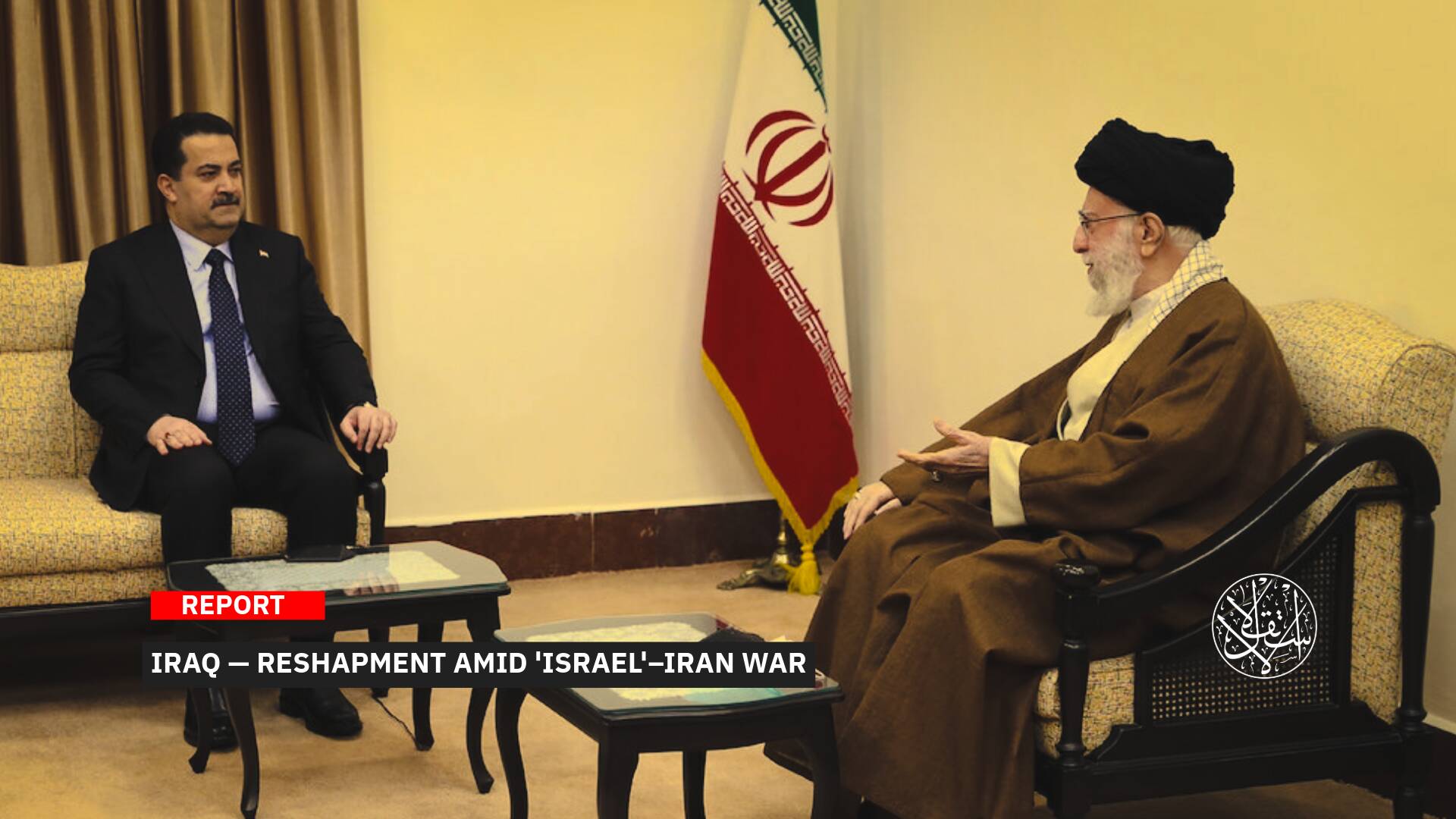Including Kahramanmaras Disaster, Here Are the Deadliest Earthquakes in Modern History

Two powerful earthquakes last week ruined towns and cities across southeastern Turkiye and northwestern Syria, killing tens of thousands of people and leaving many more in need of shelter.
According to Al-Jazeera, Turkiye revised the total number of deaths there upwards to 39672, while more than 5800 have been killed in Syria.
The day of the earthquake in the two countries was known as “Black Monday,” and the United States announced on February 10, 2023, that the Turkiye–Syria earthquake was one of the deadliest in the last century.
The quake left destruction in 10 Turkish states, namely Kahramanmaras, Gaziantep, Sanliurfa, Diyarbakir, Adana, Adi Yaman, Osmaniye, Hatay, Kilis, and Malatya.
Biggest Disaster
On February 11, 2023, Turkish President Recep Tayyip Erdogan declared that the Kahramanmaras earthquake was “the largest disaster in the country’s history” since 1939.
The day after the earthquake, Erdogan declared a 3-month state of emergency in the 10 affected states.
The emergency official of the World Health Organization, Adelheid Marchand, expected during his speech at a meeting in Geneva, Switzerland, on February 7, 2023, that the number of people affected by the devastating earthquake in Turkiye and Syria would affect 23 million people, including 1.4 million children.

While the researcher in seismology at Imperial College London, Stephen Hicks, posted on Twitter on February 9, 2023, that the earthquake that struck southern Turkiye is equivalent to the intensity of the earthquake that killed more than 30,000 people in December 1939 in the northeast of Turkiye, historically known as the Erzincan earthquake.
Even after a week, the world does not stop supporting the quake victims in facing the disaster through visits of officials, issuance of statements of support, official and popular donations, and the continued sending of relief aid and search and rescue teams.
This tragedy opened the door to knowing more about the deadliest earthquakes in modern history, whether inside or outside Turkiye. The world has always known, past and present, hundreds of devastating earthquakes that exterminated nations, divided peoples, and changed ancient regimes and kingdoms.
Erzincan Earthquake
The city of Erzincan, in eastern Turkiye, was struck by one of the fiercest earthquakes in the country’s history, and it remained strongly present in the memory of the Turks, even with the recent Kahramanmaras catastrophe.
On December 27, 1939, at exactly one o’clock in the morning, a devastating earthquake (7.8) struck the city, followed by violent aftershocks, leaving nearly 33,000 dead and about 100,000 injured.
The number of buildings damaged by the earthquake reached 12,000, and the bad weather factors had an effect on increasing the effects of the disaster and the increasing number of victims, as the temperature at that time reached -30 degrees.
The resulting seismic faults extended to more than 400 km to the west.
The earthquake brought about major demographic changes in the region, as the city of Erzincan was completely abandoned and no longer suitable for living.
After this earthquake, Turkiye adopted the first seismic building regulations petition.
Izmit Earthquake
August 17, 1999, it was 3 o’clock in the morning, near Istanbul, specifically in Izmit, some 90 kilometers from Istanbul, a catastrophic magnitude 7.6 earthquake struck the region, causing monumental damage.
It was so tragic and deadly; it was called the disaster of the century, with more than 17,000 dead and more than 50,000 injured. It also destroyed more than 285,000 homes and nearly 43,000 workplaces.
The number of those directly or indirectly affected by the earthquake reached 16 million people.
In Istanbul, a large part of the Avcilar neighborhood on the European side of the city was destroyed, and many houses were disqualified as habitable buildings.
The number of homeless people across Turkiye due to the earthquake has reached 250,000, while material losses have exceeded more than $20 billion.

Indian Ocean Earthquake
Outside Turkiye, similar disasters have occurred in recent decades, no less catastrophic.
On top of these disasters is the Indian Ocean earthquake and tsunami on December 26, 2004, which was centered on the Indonesian island of Sumatra, and struck 14 countries with a magnitude of 9.3. It was considered one of the most powerful earthquakes in history, to the extent that it shook the planet by 10 mm.
This earthquake was estimated to be the third largest earthquake ever recorded, and its cracking period reached 10 minutes, which is the longest ever.
That terrible earthquake with massive tsunami waves, some of which reached a height of 30 meters, took the lives of 230,000 people and left unprecedented massive destruction in Southeast Asia.
The United Nations estimated that the relief operation would be the most costly in human history, and the reconstruction of cities would likely take 10 years.
Fearing that the final death toll from disease would double, the governments launched a massive humanitarian response, amounting to more than $14 billion.
Haiti Earthquake
On January 12, 2010, minutes before five o’clock in the evening, local time in the Haitian capital, Port-au-Prince, the country was about to witness one of the worst natural disasters in history.
Haiti was struck by a magnitude 7 earthquake, which took the lives of 316,000 people and destroyed 80,000 buildings in the capital and surrounding cities.
At the time, the country’s former president, Rene Preval, announced that “the scene cannot be imagined. Parliament has collapsed, and the tax authority, schools, and hospitals have collapsed.”
Even the national presidential palace itself, a large part of it, was destroyed and became inoperable.
Following the devastating earthquake, more than 600,000 people left their homes, and there were 1.5 million people living in camps.
Chaos and panic prevailed among the residents of the destroyed capital, and millions of people gathered in the streets for fear of the collapse of their homes.
.jpg)
Tohoku Earthquake
This earthquake is the deadliest in Japanese history since earthquake records began in 1871.
At three o’clock in the morning on March 11, 2011, a 9-magnitude earthquake struck the Japanese coast of Miyagi.
It resulted in a tsunami along 1,200 miles of the Japanese coast, and within 30 minutes, the waves reached a maximum height of 40 meters (130 feet) and destroyed many coastal areas.
Miyagi Prefecture was hit by the highest wave height of 6 meters, and the tsunami flooded a total area of about 561 km² in Japan.
The earthquake destroyed Sendai Airport, located near the coast of Miyagi Prefecture, and huge waves were seen sweeping away cars and planes and submerging many buildings as they headed inland.
Although Japan is a world leader in facing earthquakes, the Tohoku disaster killed 20,000 people and forced nearly 500,000 to leave their cities, especially since the collapse of a nuclear power plant led to a major nuclear emergency, which contributed to an increase in eviction and displacement rates.
The direct economic losses from the earthquake, tsunami, and nuclear disaster were estimated at $360 billion.
The Italian Institute of Geophysics and Volcano Studies announced that the Tohoku earthquake “displaced the Earth’s rotation axis by ten centimeters.”
Sources
- The earthquake fault... is 100 kilometers deep, and its repercussions are "very serious." [Arabic]
- The second most dangerous earthquake in Turkey...causing tens of thousands of victims [Arabic]
- How many meters did Turkey move in the wake of the devastating earthquake? [Arabic]
- The ten deadliest earthquakes in human history (graphic) [Arabic]
- Before the Turkey earthquake: What are the most devastating earthquakes in modern history? [Arabic]
- Known as the "Catastrophe of the Century", he left behind a sunken city under the sea! Turkey's devastating earthquake 1999 [Arabic]
- From Haiti to Indonesia... the deadliest earthquakes of the past two decades [Arabic]
- Feature article on the 2011 Tohoku earthquake and tsunami - Part 1: Disaster prevention [Arabic]












